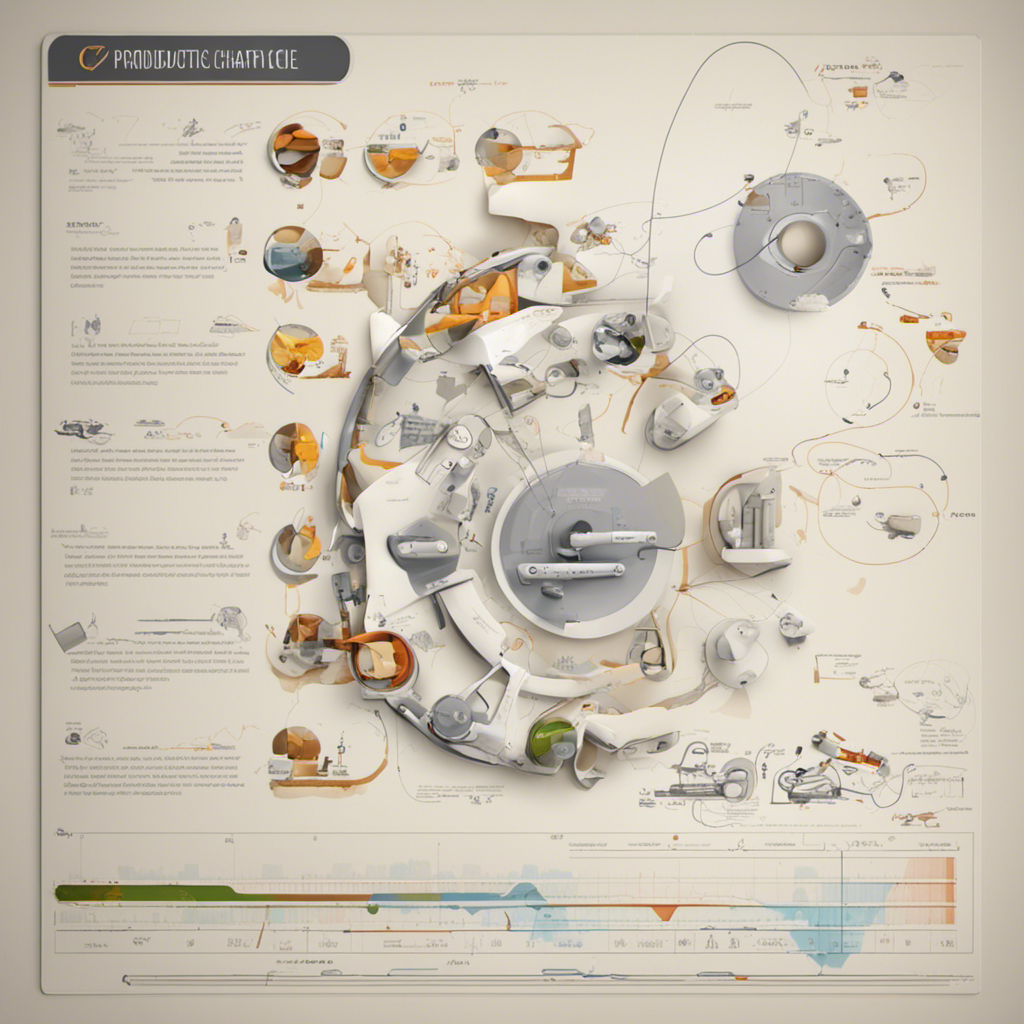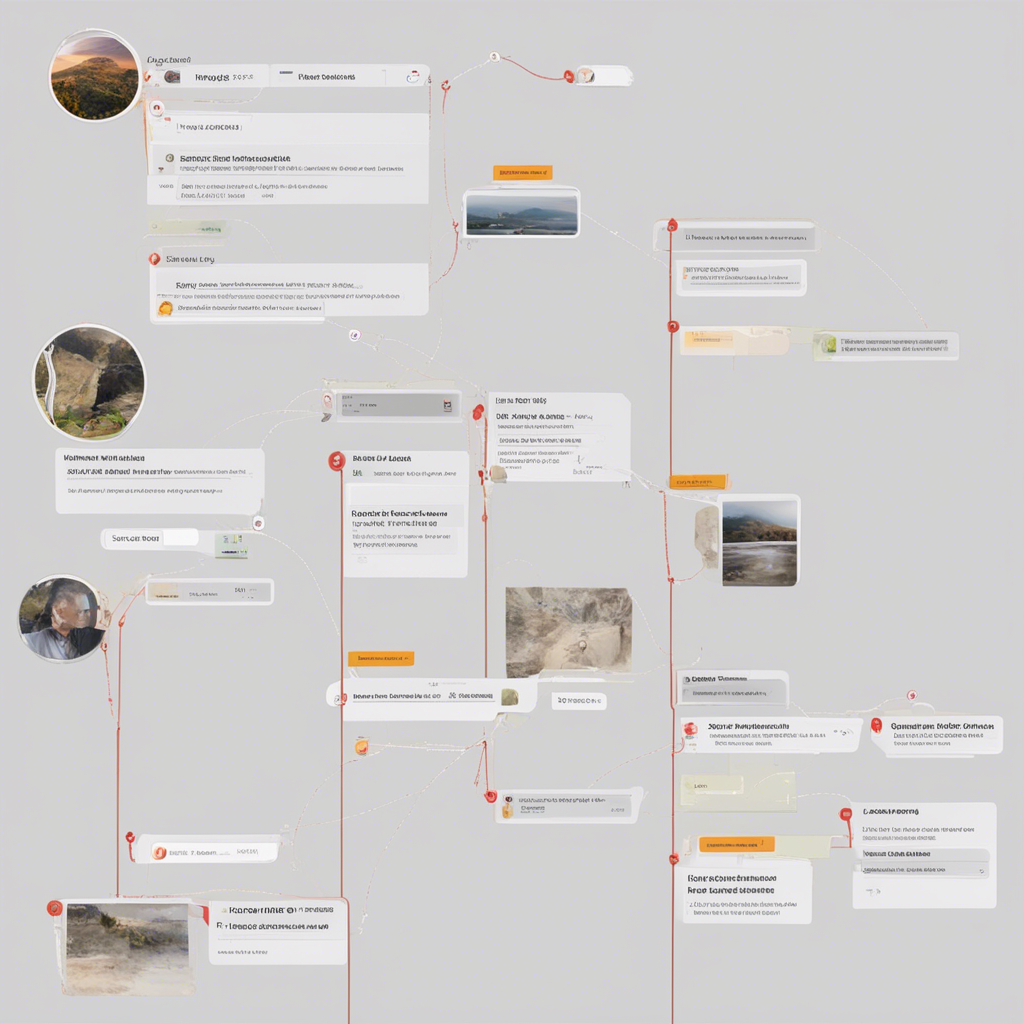
Product Lifecycle Management: A Comprehensive Guide
Product Lifecycle Management (PLM) is a strategic approach used by businesses to manage the entire lifecycle of a product, from its conception to retirement. It involves utilizing technology, processes, and data to effectively manage product development, manufacturing, marketing, and service. PLM helps businesses enhance their product quality, reduce time-to-market, and improve overall efficiency. This comprehensive guide will provide an in-depth understanding of PLM and its various aspects.
Table of Contents
- Introduction to Product Lifecycle Management
- Definition and Overview
- Need for PLM
- Phases of Product Lifecycle
- Concept
- Design and Development
- Manufacturing
- Marketing and Sales
- Service and Support
- Benefits of Product Lifecycle Management
- Improved Collaboration and Communication
- Enhanced Product Quality
- Reduced Time-to-Market
- Cost Savings
- Compliance and Regulatory Fulfillment
- Key Components of Product Lifecycle Management
- Product Data Management (PDM)
- Bill of Materials (BOM) Management
- Change Management
- Workflow Automation
- Integration with Enterprise Systems
- Implementing Product Lifecycle Management
- Selecting the Right PLM Solution
- Integration with existing Systems
- User Adoption and Training
- Challenges in Product Lifecycle Management
- Data Management and Security
- Complex Implementation Process
- Resistance to Change
- Lack of Interoperability
- Future Trends in Product Lifecycle Management
- Cloud-Based PLM Solutions
- Internet of Things (IoT) Integration
- Artificial Intelligence and Machine Learning
- Case Studies and Success Stories
- Industry-specific Examples
- Quantifiable Benefits Achieved
- Conclusion
1. Introduction to Product Lifecycle Management
Definition and Overview
Product Lifecycle Management is the process of effectively managing a product’s entire lifecycle, encompassing its conception, design, production, marketing, sales, and eventual retirement. It involves the necessary people, processes, and technology to streamline and optimize these activities.
PLM aims to provide a single source of truth for all product-related information, ensuring accurate and accessible data throughout the product’s lifecycle. It facilitates effective collaboration and decision-making among cross-functional teams, such as engineering, manufacturing, marketing, and sales.
Need for PLM
In today’s highly competitive marketplace, businesses face several challenges, such as rapidly evolving customer demands, shorter product lifecycles, and complex global supply chains. These factors put immense pressure on organizations to bring innovative products to market faster and more efficiently.
PLM addresses these challenges by enabling organizations to:
- Optimize product development processes
- Reduce time-to-market
- Enhance product quality and consistency
- Improve collaboration among distributed teams
- Ensure compliance with regulatory standards
- Capture and leverage product-related knowledge and intellectual property
- Enhance visibility into the entire product lifecycle
2. Phases of Product Lifecycle
Concept
The concept phase involves identifying market needs, conducting market research, and generating ideas for new products. This phase aims to define the product’s purpose, features, target audience, and value proposition.
Design and Development
During the design and development phase, the product concept is transformed into a tangible design. This phase includes activities such as CAD (Computer-Aided Design), prototyping, testing, and refinement. The goal is to create a viable product design that meets customer requirements and can be efficiently manufactured.
Manufacturing
In the manufacturing phase, the product design is translated into actual production. This phase involves sourcing raw materials, managing suppliers, setting up production lines, and ensuring efficient manufacturing processes. PLM helps streamline these activities, ensuring smooth production and quality control.
Marketing and Sales
During the marketing and sales phase, the product is promoted and made available to customers. This involves developing marketing strategies, creating sales channels, and pricing the product appropriately. PLM provides visibility into the product’s specifications, pricing, and marketing collateral, aiding effective marketing and sales activities.
Service and Support
The service and support phase begins once the product is in the hands of the customer. It includes activities such as customer service, warranties, repairs, and product updates. PLM helps track customer feedback, identify areas for improvement, and ensure customers receive timely and effective support.
3. Benefits of Product Lifecycle Management
Improved Collaboration and Communication
PLM fosters collaboration and communication across teams by providing a centralized platform for sharing and accessing product-related information. This enables cross-functional teams to work together seamlessly, reducing the risk of miscommunication and ensuring that everyone is aligned towards common goals.
Enhanced Product Quality
By managing and tracking product data throughout its lifecycle, PLM helps ensure high product consistency and quality. It provides a framework for implementing quality control processes, identifying potential issues early on, and taking corrective action. This ultimately leads to improved customer satisfaction and reduced product returns.
Reduced Time-to-Market
PLM streamlines product development processes, reducing time wasted on manual tasks and inefficient handoffs. It enables concurrent engineering, where different teams work on different aspects of product development simultaneously, accelerating the time-to-market. Additionally, PLM facilitates better project management, enabling organizations to meet tight deadlines and launch products faster.
Cost Savings
PLM helps identify cost-saving opportunities by optimizing product design, streamlining manufacturing processes, and minimizing rework. It enables better inventory management, reducing excess stock and associated costs. By eliminating bottlenecks and inefficiencies, PLM contributes to overall cost reduction and better profitability.
Compliance and Regulatory Fulfillment
In industries where compliance with regulatory standards is crucial, PLM ensures that products meet all necessary requirements. It helps track and manage compliance-related data, making audits and reporting easier. PLM also facilitates traceability, allowing organizations to quickly identify and address any quality or regulatory issues.
4. Key Components of Product Lifecycle Management
Product Data Management (PDM)
Product data management involves capturing, organizing, and maintaining product-related data throughout its lifecycle. It includes managing product specifications, CAD files, bills of materials (BOMs), and other critical documentation. A robust PDM system is essential for effective PLM implementation.
Bill of Materials (BOM) Management
The Bill of Materials is a comprehensive list of components, raw materials, and subassemblies required to manufacture a product. BOM management involves tracking and managing this information, ensuring accurate and up-to-date BOMs throughout the product lifecycle. PLM systems often include BOM management capabilities to enable efficient collaboration and accurate costing.
Change Management
Change is inevitable during the product lifecycle, be it design modifications, material substitutions, or regulatory updates. Change management in PLM involves documenting, evaluating, and implementing these changes in a controlled and efficient manner. It ensures that all stakeholders are aware of changes and their impact, minimizing the risk of errors or miscommunication.
Workflow Automation
PLM systems can automate various workflows, such as document approval, design reviews, and change requests. Automation eliminates manual, error-prone processes, reducing cycle time and ensuring consistent adherence to processes. Workflow automation also enhances visibility, providing real-time status updates and enabling better decision-making.
Integration with Enterprise Systems
PLM systems often need to integrate with other enterprise systems, such as ERP (Enterprise Resource Planning), CRM (Customer Relationship Management), and MES (Manufacturing Execution System). Integration ensures seamless data flow between different business functions, eliminating data silos, and enabling a holistic view of the product lifecycle.
5. Implementing Product Lifecycle Management
Selecting the Right PLM Solution
Choosing the right PLM solution is crucial for successful implementation. Organizations should consider factors such as functionality, scalability, vendor reliability, and industry-specific requirements. It is recommended to conduct thorough research, evaluate multiple vendors, and involve all stakeholders in the decision-making process.
Integration with Existing Systems
Organizations may already have existing systems in place, such as CAD, ERP, or CRM. It is essential to evaluate the PLM solution’s compatibility and integration capabilities with these systems. Seamless integration ensures data integrity and maximizes the value derived from both the PLM and existing systems.
User Adoption and Training
User adoption is a critical success factor in PLM implementation. It is essential to provide adequate training and support to users, ensuring they understand the benefits of PLM and how to effectively use the system. Organizations should consider user-friendly interfaces, comprehensive training programs, and ongoing support to encourage user adoption.
6. Challenges in Product Lifecycle Management
Data Management and Security
Managing a vast amount of product-related data can be challenging. PLM systems should be designed to handle data efficiently, ensuring data integrity and security throughout the lifecycle. Organizations should implement robust data management practices, including regular backups, access controls, and encryption to protect sensitive information.
Complex Implementation Process
PLM implementation can be complex and time-consuming, requiring significant organizational changes and process redesign. Organizations need to carefully plan and manage the implementation process, involving stakeholders from different functions. It is advisable to work with experienced vendors or consultants to ensure smooth implementation.
Resistance to Change
Introducing PLM often requires major changes in existing processes and workflows. Resistance to change can hinder the successful adoption of PLM. To overcome resistance, organizations should communicate the benefits of PLM clearly, involve all stakeholders in the decision-making process, and provide adequate training and support to users.
Lack of Interoperability
PLM systems need to interact with various software applications and hardware devices. Lack of interoperability can create data silos and hinder effective collaboration. It is essential to ensure that the PLM solution has the capability to integrate with other systems, follow industry standards, and support data exchange in common formats.
7. Future Trends in Product Lifecycle Management
Cloud-Based PLM Solutions
Cloud-based PLM solutions are gaining popularity due to their scalability, flexibility, and cost-effectiveness. Cloud PLM offers easy accessibility, global collaboration, and eliminates the need for organizations to manage their own IT infrastructure. Furthermore, cloud PLM systems provide automatic software updates and eliminate compatibility issues.
Internet of Things (IoT) Integration
IoT integration with PLM enables the collection of real-time data from connected devices embedded in products. This data can be utilized for predictive maintenance, performance monitoring, and continuous improvement. IoT integration brings new insights and enables organizations to offer value-added services such as remote diagnostics and proactive customer support.
Artificial Intelligence and Machine Learning
AI and ML have the potential to revolutionize PLM by automating tasks, improving decision-making, and enabling data-driven insights. These technologies can analyze large amounts of data, identify patterns, and provide recommendations for product improvement or optimization. AI-assisted design and automated quality control are some examples of AI and ML applications in PLM.
8. Case Studies and Success Stories
Industry-specific Examples
Various industries have successfully implemented PLM solutions, leading to significant business benefits. For example, in the automotive industry, PLM has enabled automakers to streamline product development processes, reduce time-to-market, and enhance collaboration within a global supply chain. In the consumer electronics sector, PLM has facilitated rapid product innovation and improved product quality.
Quantifiable Benefits Achieved
Companies like Siemens, PTC, and Dassault Systèmes have reported substantial benefits from implementing PLM. Siemens reduced their time-to-market by 20%, improved productivity by 25%, and achieved a 10% reduction in material costs. PTC’s customers have seen a 30% reduction in development cycle time, 50% reduction in product cost, and 35% improvement in new product introduction success rate.
9. Conclusion
Product Lifecycle Management is a strategic approach that enables organizations to effectively manage the entire lifecycle of a product, from concept to retirement. By integrating people, processes, and technology, PLM helps businesses enhance collaboration, improve product quality, reduce time-to-market, and achieve cost savings. Successful PLM implementation requires careful planning, user adoption, and integration with existing systems. As technology advances, cloud-based PLM, IoT integration, and AI/ML are expected to shape the future of product lifecycle management.






